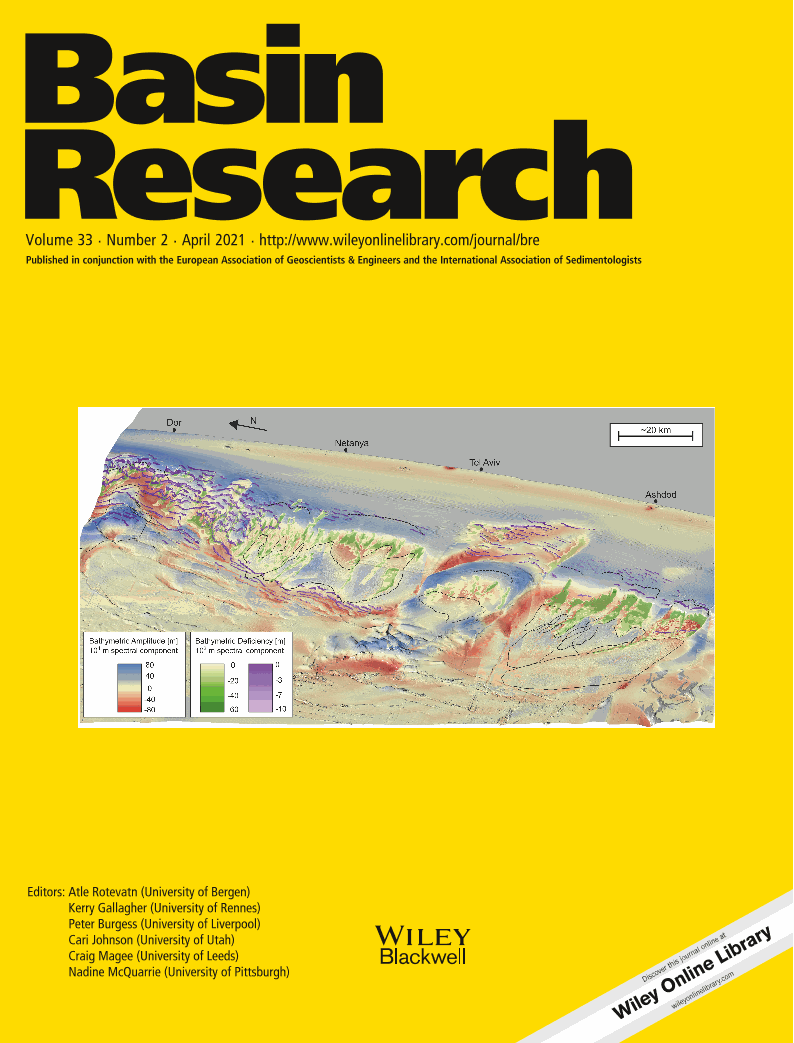
Full text loading...
 , Nathan A. Niemi1
, Nathan A. Niemi1 , Rafig T. Safarov2, Fakhraddin A. Kadirov2, Gulam R. Babayev2
, Rafig T. Safarov2, Fakhraddin A. Kadirov2, Gulam R. Babayev2
The Greater Caucasus may constitute a natural example of early continental collision. New detrital zircon U‐Pb geochronology data, together with published Cenozoic stratigraphy and structural data from the Greater Caucasus, suggests collision began in the Late Miocene to Pliocene, leading to diachronous changes in deformation and sedimentation in the orogen and associated basins.
The Greater Caucasus orogen on the southern margin of Eurasia is hypothesized to be a young collisional system and may present an opportunity to probe the structural, sedimentary and geodynamic effects of continental collision. We present detrital zircon U‐Pb age data from the Caucasus region that constrain changes in sediment routing and source exposure during the late Cenozoic convergence and collision between the Greater Caucasus orogen and the Lesser Caucasus, an arc terrane on the lower plate of the system. During Oligocene to Middle Miocene time, following the initiation of deformation within the Greater Caucasus, marine sandstones and shales were deposited between the Greater and Lesser Caucasus, and detrital zircon age data suggest no mixing of Greater Caucasus and Lesser Caucasus detritus. During Middle to Late Miocene time, Greater Caucasus detritus was deposited onto the Lesser Caucasus basin margin, and terrestrial, largely conglomeratic, sedimentation began between the Greater and Lesser Caucasus. Around 5.3 Ma, upper plate exhumation rates increased and shortening migrated to pro‐ and retro‐wedge fold‐thrust belts, coinciding with the initiation of foreland basin erosion. Sediment composition, provenance and structural data from the orogen together suggest the existence of a wide (230–280 km) marine basin that was progressively closed during Oligocene to Late Miocene time, probably by subduction/lithospheric underthrusting beneath the Greater Caucasus, followed by initiation of collision between the Lesser Caucasus arc terrane and the Greater Caucasus in Late Miocene to Pliocene time. The pace of the transition from hypothesized subduction to collision in the Caucasus is consistent with predictions from numerical modeling for a system with moderate convergence rates (<13 mm/yr) and hot lower plate continental lithosphere. Basement crystallization histories implied by our detrital zircon age data suggest the presence of two pre‐Jurassic sutures between stable Eurasia and the Lesser Caucasus, which likely guided later deformation.
]
Article metrics loading...

Full text loading...
References


Data & Media loading...

